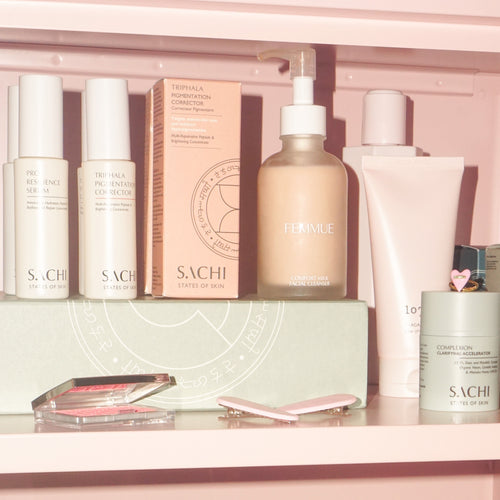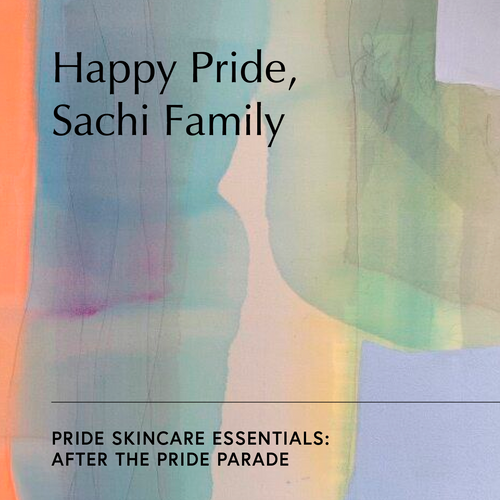5 min read
Melasma is tricky - it may seem like there is no apparent cause for it and can be mistaken with ordinary hyperpigmentation or freckles. Most importantly, it’s prone to relapse and is usually not fully curable.
Summer is well on the way, while this means more time outdoors for most, those with melasma may be hesitant, for fear of the dreaded melasma flare-up - its hallmark trait. Although affecting around 6 million women in the United States, this common skin condition can be tricky to identify and even tricker to address. Keep reading to understand melasma better, helping you to distinguish it from other pigmentation and tips on how to keep its appearance at bay all while enjoying the sun’s warmth.
What is Melasma?
Why is Melasma treated differently from ordinary hyperpigmentation? It's a result of damage on the deeper layers of the skin rather than the surface ones, so it's more stubborn. It appears as brown or grey-brown patches typically on the face and in areas that get a lot of sun exposure—like the cheeks, forehead, nose and upper lip. Some known causes of melasma are pregnancy, hormonal changes and sun exposure - while having a genetic predisposition for it.
Since melasma is mainly caused by internal triggers, it cannot be simply treated with at-home skincare. Some clinical treatment options are bleaching solutions with hydroquinone, chemical peels and laser surgery to help reduce the appearance of melasma.
So that leaves us with making sure it does not get worse, which tends to happen during the summer.


Managing melasma during the summer
Sunscreen
It goes without saying that sunscreen is needed for protection against sun exposure. The sun’s UV rays trigger pigment to be produced in the skin for it to act as a line of defence against its damaging effects, worsening the appearance of melasma. Remember to check for SPF and UVA indexes and ensure that it is sufficient to protect your skin and wear it liberally all year round.
Emollients
A common inclusion in moisturisers, emollients are oils that help to seal in the moisture in your skin, protecting and strengthening the basal membrane (the layer between the dermis and the epidermis). This helps prevent the dropping of melanocytes (pigment producers) into the dermis (deeper layer of the skin), which worsens melasma.
Pigmentation Correctors
Pigmentation correcting formulations can address the pathways that promote the transfer of melanin to the surface of the skin to reduce the appearance of melasma. The Sachi Triphala Pigmentation Corrector uses a one-of-a-kind non-AHA/BHA, non-retinoid and non-hydroquinone system to repress stubborn hyperpigmentation as observed in melasma whilst minimising risk of irritation and flare-ups.
Dioic Acid
Dioic Acid helps brighten, balance and support even skin tone as it acts along the melanin pathway to inhibit its transfer across skin cells - helping fade hyperpigmentation, dark spots and balance uneven skin tone. A study on 96 Mexican female subjects with melasma even showed reduction of pigmented region by over 40% after 12 weeks of treatment. Thus, this is a staple ingredient here at Sachi Skin and part of the 12.5% Enzyme Acid blend in the Complexion Clarifying Accelerator.


Wellness reminders
Melasma can make life difficult, especially when the weather’s warm. We hope this has given you some practical advice on how to enjoy the sun without having to worry about flare-ups. Just be sure to contact your dermatologist if you have any concerns or questions—they’re here to help!



